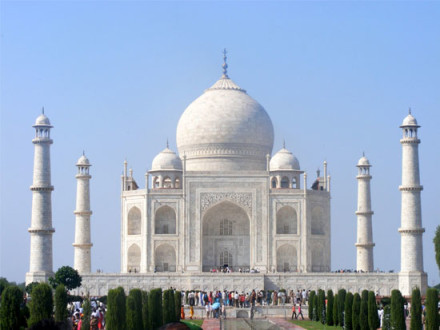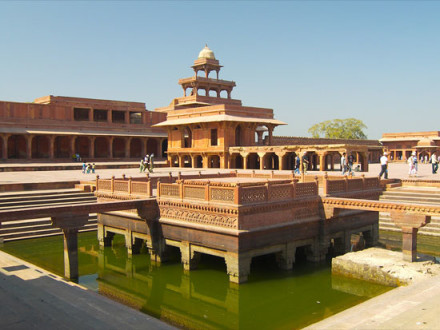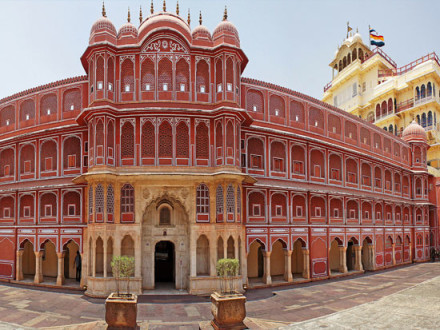Another interesting and magnificent monument that stands tall in complete glory inside Agra fort and Jahangir Palace. Also known as Jahangir Mahal this large resident was meant for the women who belonged to the royal class. This palace was the main Zenanan that was occupied by the Rajput wives of Akbar.
The place showcases intricate work of craftsmanship and is a perfect blend of Hindu architecture and central Asian architecture. The palace has been well maintained and attracts several tourists round the year. Agra is famous for the symbol of love Taj Mahal and Jahangir Mahal is considered equally the same for the glorious story behind its existence.
The History of Agra fort and Jahangir Palace
Emperor Akbar gifted the Jahangir Mahal to his beloved son Jahangir. However it was the Emperor Jahangir’s wife who used the palace as her residence. The palace has several sections and each section holds unique specialty. The palace is the largest private residence in Agra fort and its contrasting style of construction as opposed to the Moghul construction style of the Taj mahal adds an element of uniqueness to the Jahangiri Mahal.
Other important monuments
You will findthe Khas Mahal that is covered in a white structure full of white marble. The rooms below were meant to be a cool retreat in summer. Within the mahal there is the Shish mahal. The Shish Mahal was the dressing room for the harems and its walls comprised of tiny pieces of mirror, hence the name Shish mahal. Within the palace there is a hall which was the dressing room of Jodhabai, mother of Jahangir. Jodhabai was Hindu and she was the Hindu mother of Jahangir. Hence the style and interiors of the dressing room for Jodhabai were designed to cater to Hindu architectural style and layout.
After Jodhabai, the palace was used by Nurjahan, Jahangir’s queen as her personal residence. The palace also housed an “Anguri Bagh” – the grape garden. The garden was a small formal Moghul garden. Right outside of Jahangir palace you will find The Hauz –i- Jehangri. The Hauz is a huge bowl that was carved out of a single stone and is place right outside of the palace.
The palace is placed within the Agra fort and the most interesting fact about this palace is the painting work. The interior painting work of the palace is a contrasting feature showcasing the BundelaSchool of painting. The painting represents a unique ornamental Indian painting which does justice to the interiors of this beautiful palace. The Jahangir palace lures travelers and tourists mainly for its heavy representation of Hindu elements in its intrinsic architectural work.





